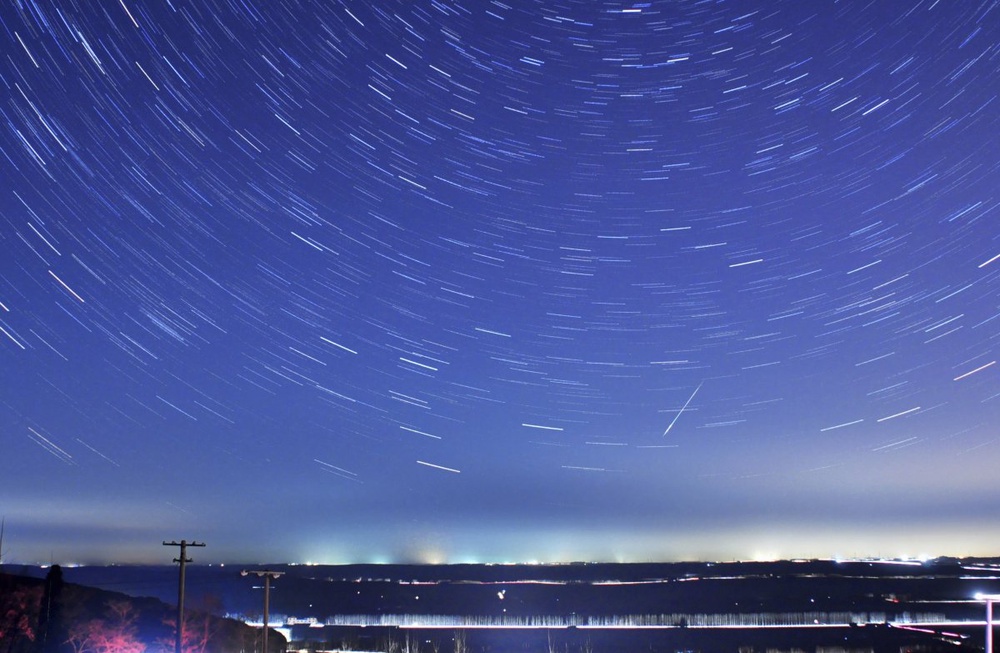
Skywatchers in the United States and Canada could see a one-of-a-kind meteor shower late Friday night and early Saturday, AFP reports citing astronomers.





Skywatchers in the United States and Canada could see a one-of-a-kind meteor shower late Friday night and early Saturday, AFP reports citing astronomers.
Never before have astronomers witnessed the debris trail behind this particular comet, and a sea of white lights could dash across the night sky for hours.
Or not.
"The problem we are having is, even though we can tell precisely when these particles are going to encounter Earth's orbit, we don't know how many of them there are," said Bill Cooke, the head of NASA's Meteoroid Environment Office.
Cooke said the uncertainty will not sway him from scanning the skies for falling stars from the shower known as the May Camelopardalis, which could appear as early as 10:30 pm Eastern time Friday (0230 GMT Saturday).
The peak is expected to be 2-4 am (0600 GMT-0800 GMT) on Saturday.
Comet P209/Linear is a very old comet that astronomers first discovered in 2004.
Two years ago, experts at NASA's Ames Research Center in California predicted that streams of dust that the comet spewed behind it in the 1800s would cross Earth's orbit on May 24, 2014.
"Jupiter's gravity is going to tug that debris into Earth's path this year," Cooke explained.
"Right now it doesn't produce much debris, but we have no idea what is was doing 200 years ago," he told AFP.
The comet typically loops around the Sun and passes into Earth's orbit every five years.
It will make a close pass by our planet this time, but not near enough to be dangerous, experts say.
When it does, the sky could be streaked with the white light of as many as a 200 meteors per hour during the shower's peak.
"That's a few meteors per minute. It is not a special-effects extravaganza here," said Paul Weigert, associate professor at the University of Western Ontario.
"Meteor showers are like the weather. They are a little bit hard to predict," he added.
"It may not be spectacular, but we are hoping for a nice display."
The meteors are also going to travel at a speed of about 36,000 miles per hour (58,000 kilometers per hour), slower than the Perseids meteor shower, in which meteors zoom by at a pace of 150,000 mph every year in July and August, Cooke said.
The best conditions to see the shower would be a clear night, unobscured by clouds, with a view of as much of the sky as possible.
"You want to lie on your back and look straight up and take in as much sky as you can see," said Cooke, who plans to look for it from Huntsville, Alabama.
"No telescopes, no binoculars, just your eyes."


 +7 (777) 001 44 99
+7 (777) 001 44 99















































